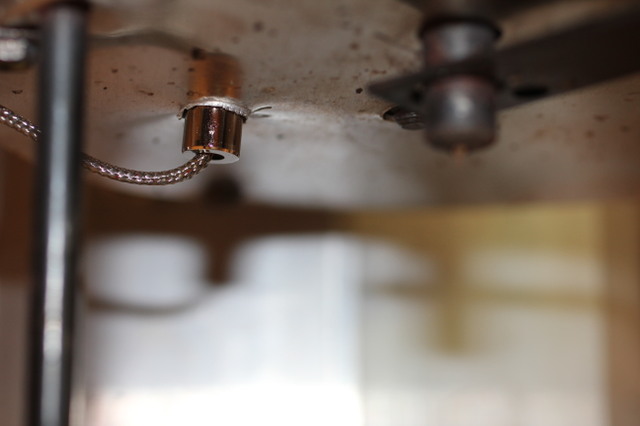Thanks to Frozone for the link to the liquid-proof TC.
http://cgi.ebay.com/1pc-K-Thermocoup...item1e5f529218
I got one, then moved the location off to the side of where it was. It is now out of the way of molds being slid under the bottom pour spout. AND it does NOT leak. Also, I checked it against a brand new RCBS thermometer, the PID readout is only about 15 degrees lower than the temp on the dial. Just add that to the desired heat, no problemo.


|
   
   
|
|








 Reply With Quote
Reply With Quote



 & PID's
& PID's









